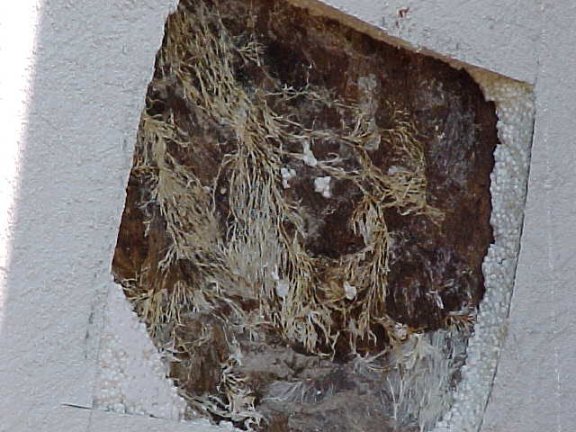The Problem: FungusA fungus is a eukaryotic organism that is a member of the kingdom Fungi. The fungi are heterotrophic organisms possessing a chitinous cell wall. The majority of species grow as multicellular filaments called hyphae forming a mycelium; some fungal species also grow as single cells. Sexual and asexual reproduction of the fungi is commonly via spores, often produced on specialized structures or in fruiting bodies. Some species have lost the ability to form specialized reproductive structures, and propagate solely by vegetative growth. Yeasts, molds, and mushrooms are examples of fungi. The fungi are a monophyletic group that is phylogenetically clearly distinct from the morphologically similar slime molds (myxomycetes) and water molds (oomycetes). The fungi are more closely related to animals than plants, yet the discipline of biology devoted to the study of fungi, known as mycology, often falls under a branch of botany. Occurring worldwide, most fungi are largely invisible to the naked eye, living for the most part in soil, dead matter, and as symbionts of plants, animals, or other fungi. They perform an essential role in all ecosystems in decomposing organic matter and are indispensable in nutrient cycling and exchange. Some fungi become noticeable when fruiting, either as mushrooms or molds. Many fungal species have long been used as a direct source of food, such as mushrooms and truffles and in fermentation of various food products, such as wine, beer, and soy sauce. More recently, fungi are being used as sources for antibiotics used in medicine and various enzymes, such as cellulases, pectinases, and proteases, important for industrial use or as active ingredients of detergents. Many fungi produce bioactive compounds called mycotoxins, such as alkaloids and polyketides that are toxic to animals including humans. Some fungi are used recreationally or in traditional ceremonies as a source of psychotropic compounds. Several species of the fungi are significant pathogens of humans and other animals, and losses due to diseases of crops (e.g., rice blast disease) or food spoilage caused by fungi can have a large impact on human food supply and local economies.
Don't wait for mold to take over your house and adversely effect your health. Call us now at 256-990-1815 to schedule an inspection and quote for treatment. |





 Are roaches bugging you?
Are roaches bugging you?